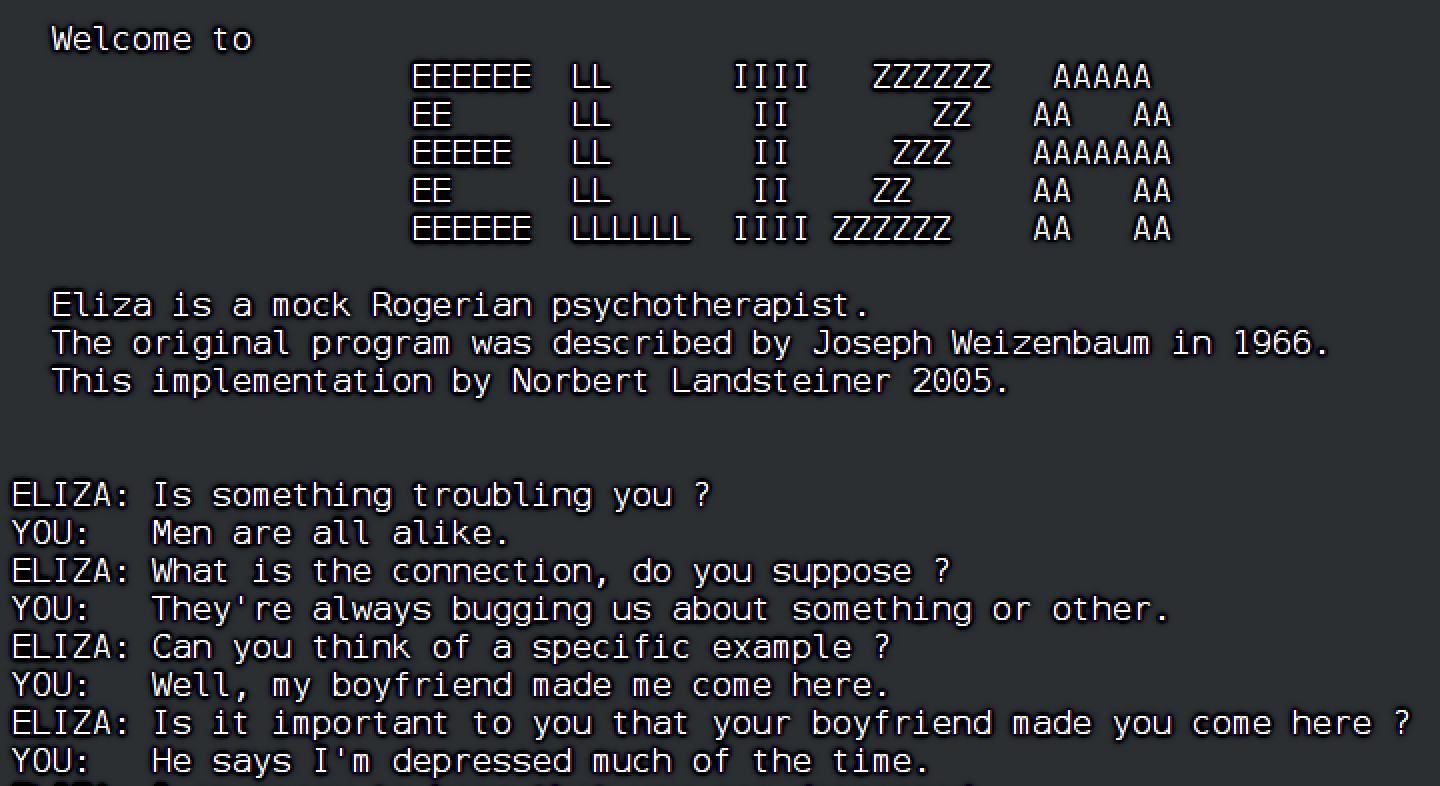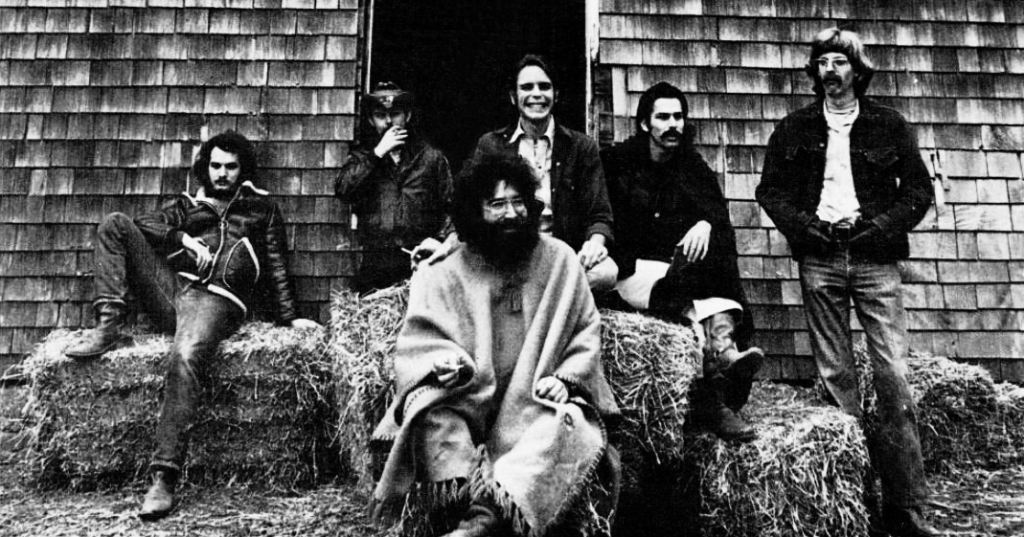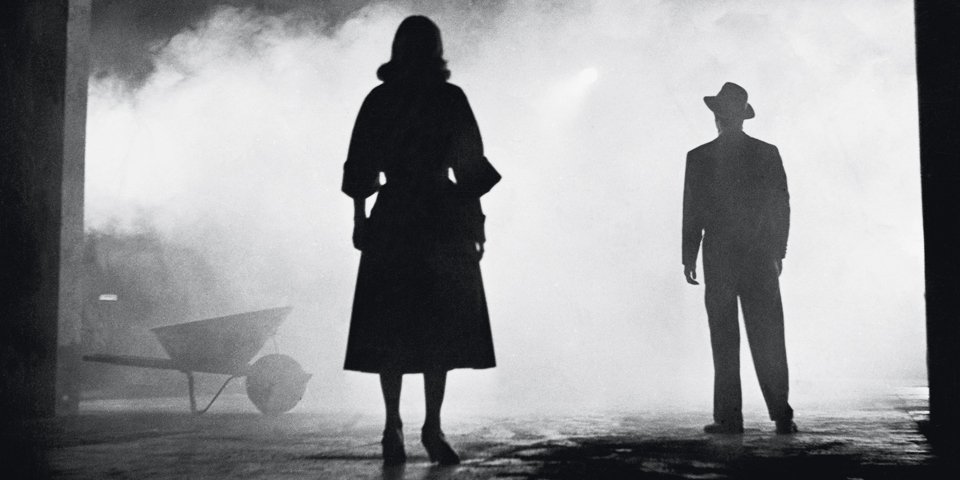Imagine, if you will, an evening’s entertainment consisting of an episode of Portlandia, a spin of Nirvana’s In Utero, and a screening of Koyaanisqatsi. Perhaps these works would, at first glance, seem to have little in common. But if you end the night by watching the above episode of Big Think’s series Dispatches from the Well with Kmele Foster, their common spirit may well come into view. In it, Foster travels America in order to visit with Godfrey Reggio, Steve Albini, and Fred Armisen, widely known, respectively, as the director of Koyaanisqatsi, the producer of In Utero, and the co-creator of Portlandia. All of them have also made a great deal of other work, and none of them are about to stop now.
“When you have a mania, you can scream and go nuts, or you can write everything down,” says Reggio. “I write everything down.” The same concept arises in Foster’s conversation with Albini, who believes that “the best music is made in service of the mania of the people doing it at the moment.” As for “the people who are trying to be popular, who are trying to, like, entertain — a lot of that music is trivial.”
Foster credibly describes Albini as “a man with a code,” not least that which dictates his rejection of digital media. “I’m not making an aesthetic case for analog recording,” he says. “Analog recordings are a durable archive of our culture, and in the distant future, I want people to be able to hear what our music sounded like.”
To create as persistently as these three have demands a willingness to play the long game — and to “re-perceive the normal,” as Reggio puts it while articulating the purpose of his unconventional documentary films. To his mind, it’s what we perceive least that affects us most, and if “what we do every day, without question, is who we are,” we can enrich our experience of reality by asking questions in our life and our work like, “Is it the content of your mind that determines your behavior, or is it your behavior that determines the content of your mind?” This line of inquiry will send each of us in different intellectual and aesthetic directions, impossible though it is to arrive at a final answer. And in the face of the fact that we all end up at the same place in the end, Armisen has a creative strategy: “I really celebrate death,” he explains. “I have my funeral all planned out and everything.”
Related content:
How Walking Fosters Creativity: Stanford Researchers Confirm What Philosophers & Writers Have Always Known
How TV Addles Kids’ Brains: A Short Film Directed by Godfrey Reggio (Maker of Koyaanisqatsi) & Scored by Philip Glass
Read Steve Albini’s Uncompromising Proposal to Produce Nirvana’s In Utero (1993)
Fred Armisen Teaches a Short Seminar on the History of Punk
Koyaanisqatsi at 1552% Speed
Why Man Creates: Saul Bass’ Oscar-Winning Animated Look at Creativity (1968)
Based in Seoul, Colin Marshall writes and broadcasts on cities, language, and culture. His projects include the Substack newsletter Books on Cities, the book The Stateless City: a Walk through 21st-Century Los Angeles and the video series The City in Cinema. Follow him on Twitter at @colinmarshall or on Facebook.






